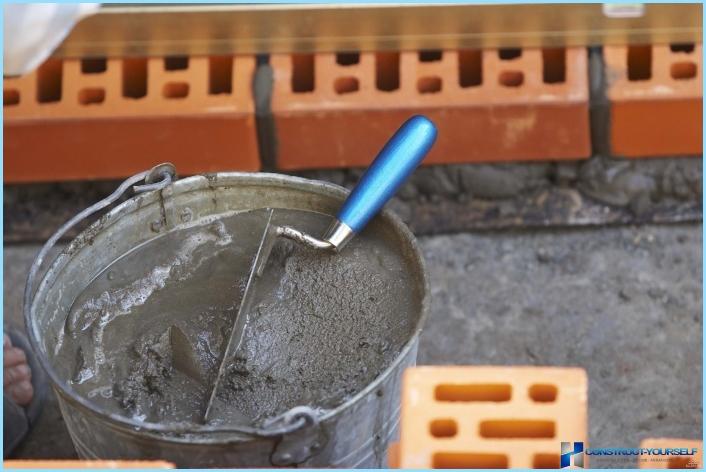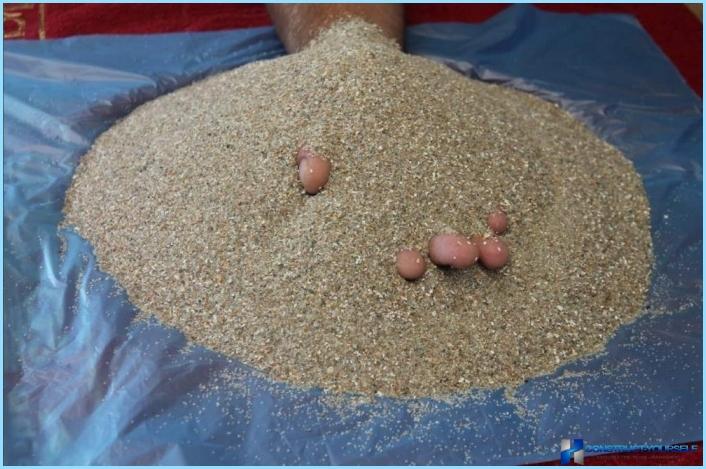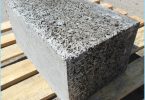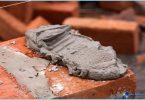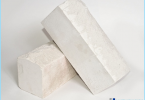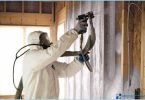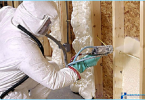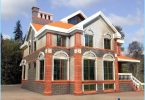Brick is a traditional material for the construction of various buildings. It is used for walls of houses, fences, interior partitions, furnaces, etc. due to the fact that over time, the brick loses its appeal, the buildings look beautiful. Moreover, good quality of brick is known to all: durability, reliability, environmental friendliness, low thermal conductivity, fire resistance, high frost-resistance, etc. But the finished design of brick had durability and reliability, it is important to pay attention to the binder – solution.
It is very important to do it properly, as depends on its quality bond individual bricks and rows of masonry. The question arises? It’s good to prepare a solution for masonry, to match all requirements. In this article you will learn what are the solutions, their right balance and rules quality mixing mortar for bricklaying.
What should be the correct solution ↑
To make the ready mix is simple enough. Anyone can master. However, it is important that the mass complies with the requirements. What they are?
- The finished mixture should be quite plastic, to fill all crevices, seams and voids in the bricks. It is important to know the right consistency: if the mass is too liquid, everything will melt, if too thick, does not fill all the voids. A ready solution the consistency should resemble cream.
- After curing, the mixture should be strong enough not to crumble. Otherwise it is fraught with deformation of the masonry walls and, in the end, the whole structure.
- After mixing, the solution should not immediately grab. You should have time to use it before it hardens. It is therefore important to provide a good setting time.
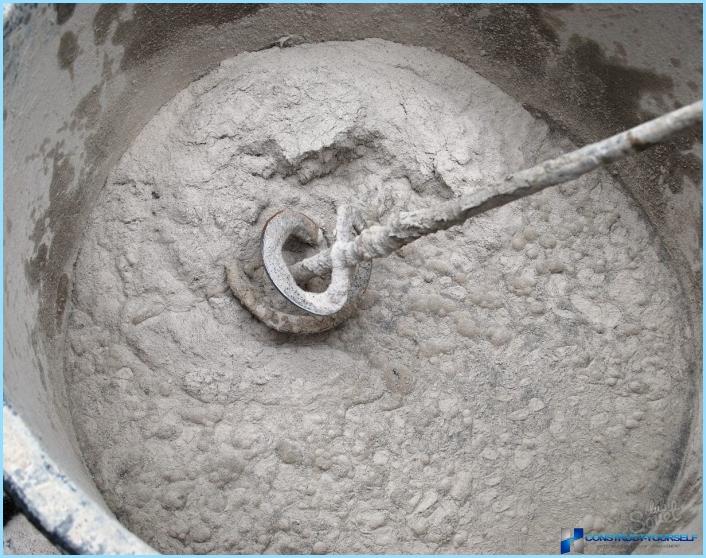
When you adhere to these simple rules, you will get the right solution for masonry. But that’s not all. To obtain it is important to know the composition and correct proportions.
Varieties of solutions and their characteristics ↑
For starters, you should know that there is no single solution for all occasions. They differ in composition, proportion, brand, etc. Among others, we can note 3 basic part, which differ in their components:
- Limestone.
- Cement.
- Mixed.
Limestone: composition and properties ↑
The limestone mix is perfect for fence and walls between rooms. Why? This composition is the most plastic and easy to work with. It is warm, due to its composition, which is quite simple: burnt ground lime, sand and water. Sand and lime mix thoroughly until smooth, then add plain water. The composition was again stirred, to the ready state. It should not be foreign matter and lumps. As for proportions, it is as follows: 1 part lime to 4 parts sand.
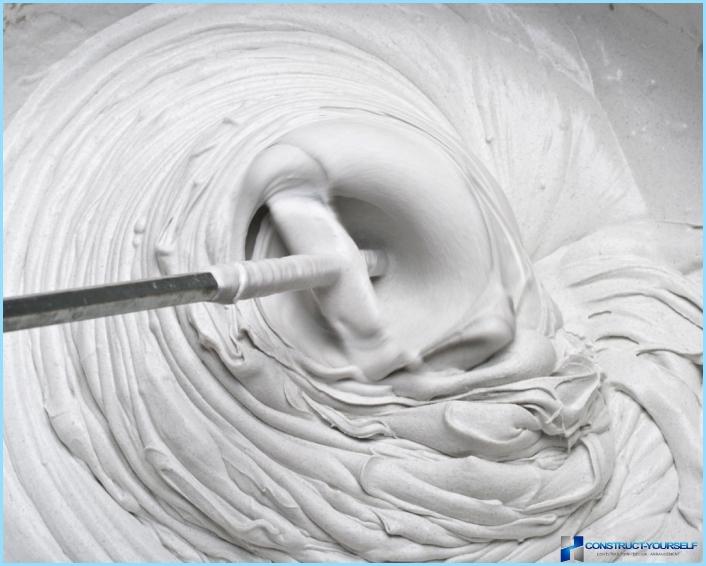
Why the solution is not advised to apply for a laying of external walls? The answer is quite simple: since in the no cement, over time the rain would just wash away. They are not strong. That’s why this mix is used only for internal works.
Cement-limestone composition can be used for exterior masonry walls.
Cement mortar ↑
This is the most common mixture used for walls. It is quite durable and suitable for work both inside and outside. Its composition is the following: cement, sand and water. The proportions of the components depend on the brand of solution. The finished mass is cold, rigid and has an excessive stiffness. To give it plasticity, add various plasticizers. And if you need to increase the time of hardening, the composition of doda lime. So it is possible to prepare more solution.

The advantages of the cement mixture is the following:
- high strength;
- good insulation properties;
- frost resistance;
- the possibility of use in rooms with high humidity (bathrooms, basements, baths, etc.);
- durability and environmental friendliness.
Mixed mortar ↑
It is obtained by combining the first two types. Because of this, it combines the advantages of all the previous. As a result, get a high quality solution, suitable for a particular purpose. But, theory is good, let’s move on to practice and learn how to properly mix mortar for brick masonry.
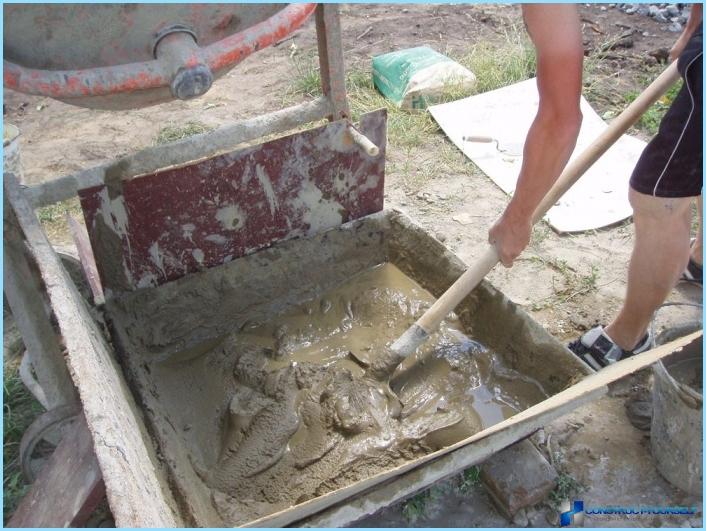
Preparatory work ↑
Since the most commonly used this type, we will examine its preparation. Known components: cement, sand and water. What you’ll need materials?
- Portland cement M400 or M500.
- Sand without impurities sieved fraction 2 mm.
- Simple running water.
Also prepare the following tools:
- large container for mixing or the mixer (if you have a lot of solution);
- shovel;
- a drill with a mixer;
- sieve;
- a few buckets (not necessarily new);
- trowel.
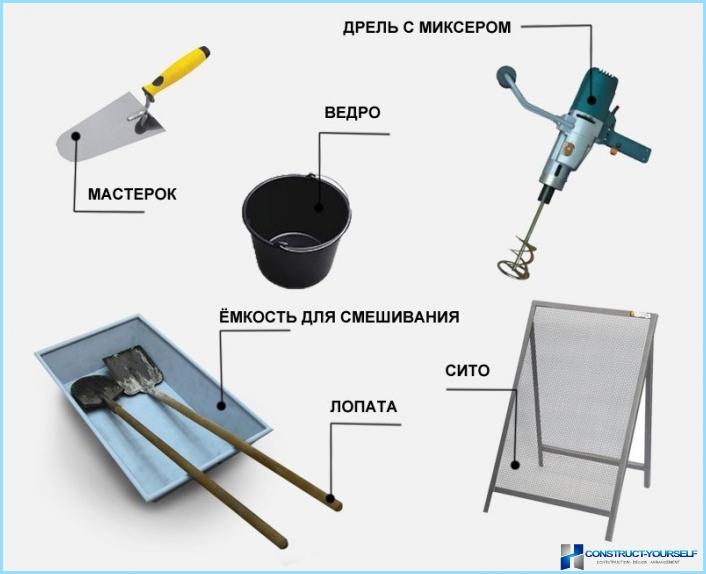
As for the right balance, a single standard or not, it all depends on the desired brand. Below is the table with the brand name mixes and the required proportions of the components.
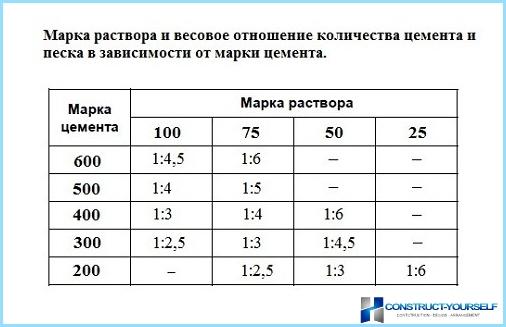
You may notice that the only difference is the amount of sand. If you need to make critical parts of the masonry (basement part of the bath, columnar brick foundations in wet soil) knead mark M50 and M75. In other cases, you can make a solution of M25. To mix 1 mThree mixture, you’ll need approximately 268 kg of cement, 2064 kg of sand and 350 l of water.
How to prepare cement mortar ↑
Once decide what amount you need. If you’re working alone, you can knead it all by hand and dispense a large capacity, in the form of a trough or buckets. When involved in the whole brigade, it is advisable to use a cement mixer.
Now, step by step look at how to make a solution that would be suitable for masonry.
- To start sift the sand. It needs to be clean, free of impurities and other debris. Better, if the used sand is river. Add the dredged sand is not prohibited. Consider the fact that his group should not be greater than 2.5 mm.
- In a container pour the required amount of components. You should choose the brand and know the exact ratio. Use a shovel and buckets. Make no mistake, counting the materials by weight!
- Mix the sand and cement until a homogeneous mass, then add water. Don’t stop stir the solution so that the sand will settle on the bottom. Per 1 kg of cement is approximately 0.8 l of water. The right part should resemble sour cream.
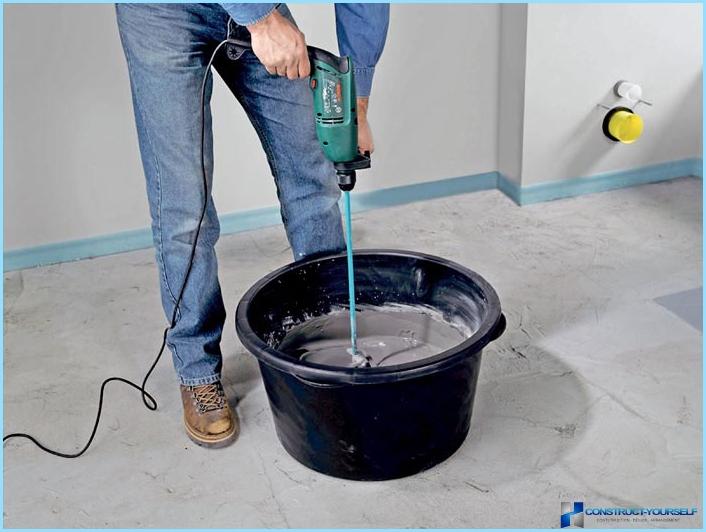
Everything is ready. Now you can use a mixture for their own purposes.
Summary ↑
As you can see, to prepare a high quality solution, you need to follow the rules, stick to proportions and carefully to do the job. So you can get ready mix any brand to build a particular building.

